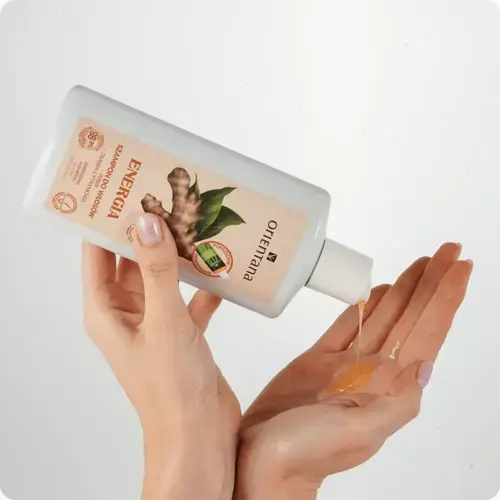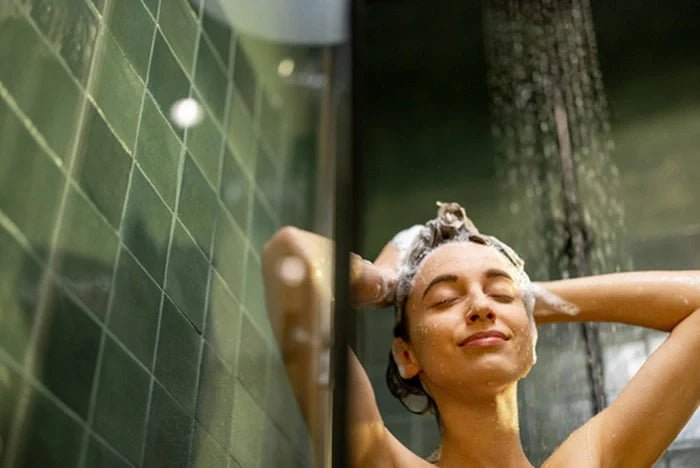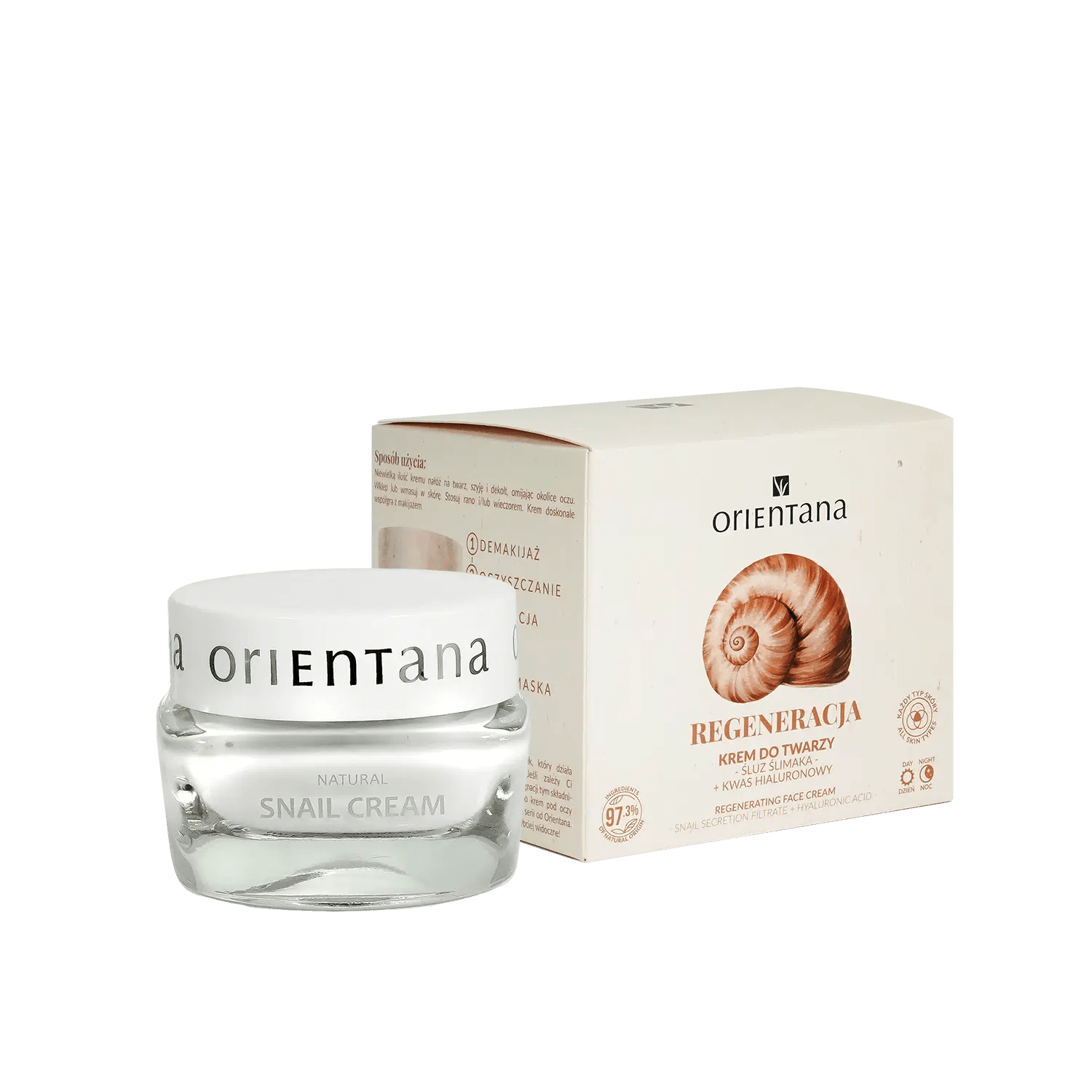Cleansing the scalp is a fundamental element of daily care, which is important not only for the aesthetics of the hair, but also for the general condition of the skin and its biological functions. Despite the growing awareness of hygiene and the availability of specialist cosmetics, many people still make numerous mistakes when cleansing the scalp. I come across these mistakes quite often during the interview that I conduct with the patient in the trichology office.
Scalp cleansing activities, seemingly routine, can – if performed incorrectly – lead to a number of dermatological problems, such as oily hair, dandruff, itching and even accelerated hair loss.

Improper cleansing of the scalp - inappropriate shampoo
One of the most common mistakes is using the wrong shampoos. Many people are guided solely by hair type (e.g. "for oily hair" or "for dry hair"), ignoring the needs of the scalp itself. Meanwhile, the skin may have different characteristics than the hair - it may be sensitive, atopic, dry or seborrheic - and require an individual approach. We should therefore observe the scalp and choose the right shampoo for it. For example, if you have a dry scalp, it is best to choose a good moisturizing shampoo .
Improper cleansing of the scalp - shampoos with aggressive detergents
Another mistake is using shampoos with too strong a detergent effect, e.g. containing SLS or SLES. They can lead to the disruption of the skin's natural hydrolipid barrier, causing it to dry out and increased sebum production as part of a compensatory mechanism. Strong detergents increasingly often cause irritation and allergies, so an effective solution is to change your shampoo to a natural one. Currently available natural shampoos wash the scalp with very good results and foam beautifully. For oily skin, it is worth reaching for the natural Freshness shampoo - with neem and green tea.

Not rinsing your hair thoroughly
The third common mistake is not rinsing cosmetics thoroughly from the scalp. Remnants of shampoo, conditioner, and especially styling cosmetics can lead to hair follicles becoming clogged, creating favorable conditions for the growth of bacteria and yeast-like fungi, such as Malassezia furfur . This can result in inflammation, itching, flaking of the epidermis, and as a consequence, weakening of the hair at the roots and increased hair loss.
Incorrect frequency
Another significant mistake is washing the scalp too rarely or too often. The belief that washing hair frequently is harmful leads many people to limit this activity, which in the case of seborrheic skin can be counterproductive. The accumulation of sebum, dead skin and impurities promotes the development of pathogens and disrupts the scalp microbiome. On the other hand, excessive washing, especially with the use of strong detergents, leads to a disruption of the hydrolipid balance, which also results in irritation and increased sebum production.
Incorrect technique
One of the underestimated, yet extremely important aspects of proper cleansing is also the technique of washing itself. A common mistake is to wash your hair and scalp only once during a bath or shower. Meanwhile, to effectively remove both impurities and excess sebum or residues of styling cosmetics, it is recommended to wash your hair twice. The first wash removes the fat layer and surface dirt, while the second allows for deeper cleansing of the skin and better action of the active substances contained in the shampoo or conditioner. Skipping this step can result in insufficient cleansing and faster oiliness of the scalp.
Inappropriate water temperature
The sixth mistake is the water temperature, the importance of which is often underestimated. Too hot water leads to excessive dilation of the skin's pores, damage to the lipid layer and drying of both the epidermis and the hair shaft.
This can result in overactive sebaceous glands and increased susceptibility to irritation and inflammation. On the other hand, water that is too cold is unable to effectively dissolve fats, which limits the effectiveness of cleansing and leaves sebum residue and impurities on the skin. The optimal water temperature for washing the scalp should be in the summer range - around 36-38°C - which allows for effective, yet gentle cleansing without disturbing the physiological balance of the skin.
Improper massage technique while washing
Improper scalp massage technique during washing is a serious oversight. Aggressive, jerky movements or scratching the skin with nails can lead to micro-injuries, disruption of the integrity of the epidermis and secondary infections. Instead, circular movements with the fingertips are recommended, which not only effectively cleanse but also improve microcirculation, thus supporting regenerative processes and nourishing the hair follicles.
It is important to remember that effective cleansing of the scalp requires a conscious, individual approach, taking into account not only the type of hair, but above all the needs of the skin itself. Avoiding the mistakes mentioned - such as improper shampoos, skipping double washing, improper massage technique or using water at an inappropriate temperature - is the basis for healthy functioning of the scalp and can significantly improve the quality and condition of the hair.
I hope my post will help you care for your hair.
Magdalena Kania
Clinical Trichologist






